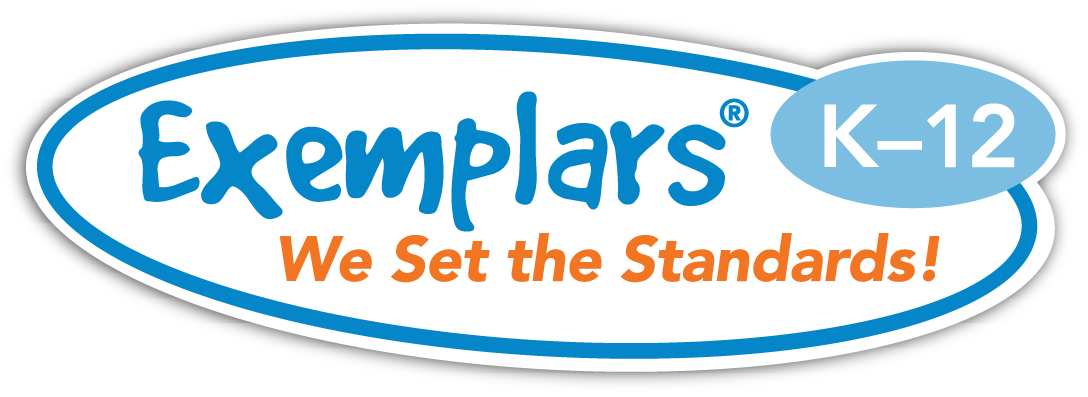The major shift we needed to make was with the Standards of Mathematical Practice. These eight standards asked kids to behave like mathematicians by making sense of problems, looking for patterns, critiquing the reasoning of others, reasoning abstractly and quantitatively, and more. In our structure at the time, the teachers were doing all the thinking and were the ones behaving like mathematicians while the students sat quietly listening to the teachers model the math to be learned. The students were memorizers and practitioners of mathematics.
Our Students Love Math!
Written By Jeff Linder, Math Specialist, CA

In the fall of 2013, I began my journey as the Math Specialist for Montecito Union School in Santa Barbara, California. My school was, and still is, filled with amazing teachers who want the best for their students and who are willing to put in the extra effort to see their students succeed. This hard work and dedication by the staff still produced less than stellar results on State testing as well as with other measures in the area of math. I was charged by my Superintendent and Principal to help change our math programs and transition MUS into the world of Common Core Mathematics.
"Teachers became purposeful question askers while the students developed into sense makers and doers of mathematics."
We needed to shift our practice to provide more opportunities for our students to make sense of the math and to have them think through solving problems. Teachers needed to be less helpful to give space for students to become problem solvers.
It became apparent that our curriculum also needed to change. Our math textbooks, with multiple step-by-step examples on each page followed by endless nearly identical problems for the students to solve, needed to go. We needed to replace them with rich tasks that gave students opportunities to struggle, persist, make sense of the problem, and understand the underlying mathematics. We needed problems that would allow students to fall in love with learning math.

One of a handful of resources that my school district adopted was Exemplars. The Exemplars program was an easy sell because it offered a huge bank of rich tasks that were sorted by standard. Students could work on targeted content standards at the same time they worked to develop what was asked for in the Standards of Mathematical Practice. Exemplars was a resource that allowed teachers to walk around the room observing pairs of students working together on a task. Teachers became purposeful question askers while the students developed into sense makers and doers of mathematics.
The transition into using performance materials like Exemplars was a purposeful process that took time. Our teachers had to learn to teach differently then they learned when they were students and differently than they were trained in teacher education. The art of being less helpful was a challenge for teachers who were trained to do the opposite.
"... our test scores went up significantly!"
Along with the change in teaching, our students changed. They now love math! They love it so much they go home and talk about it with their parents. They ask to stay in during recess and finish a math task. They show up 45 minutes early to school on Fridays to do problem solving. One even invited me to lead their math birthday party, true story. Oh and, yeah, our test scores went up significantly!

